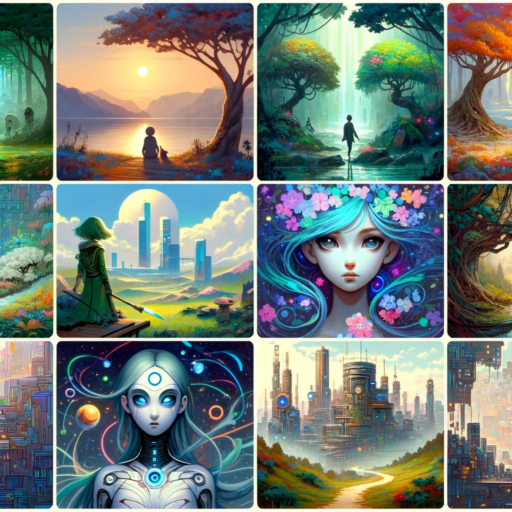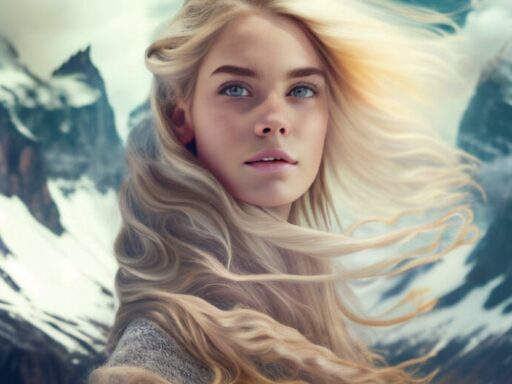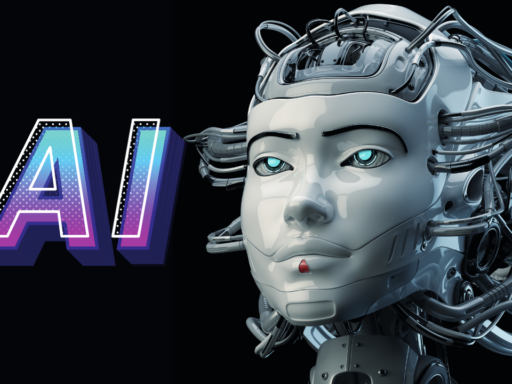Welcome to the exciting world of AI-generated art! If you’re a ChatGPT user, regardless of whether you’re a digital art enthusiast, a creative professional, or simply someone who loves exploring new frontiers, this guide is crafted just for you. We’re about to embark on a journey that will unlock the secrets to creating effective and imaginative AI art prompts. So, grab your creative hat, and let’s dive in!
The Magic of AI Art Generation
AI art generation is like having a conversation with a highly skilled artist who can read your mind. The process begins with you – your ideas, your vision, your imagination. The AI is your canvas, your paintbrush, and your palette, all rolled into one. Your prompt is the blueprint, and the AI’s interpretation is the masterpiece.
Crafting the Perfect Prompt
A great AI art prompt is like a recipe. It needs the right ingredients in the right proportions to turn out just right. Here’s what you need:
- Clarity and Specificity: The more detailed your description, the closer the result will be to your imagination. Think of it as giving directions to an unknown destination – the clearer the directions, the easier it is to reach.
- Setting the Scene: Whether it’s a bustling city street or a quiet forest glade, setting the scene creates the foundation of your artwork. Describe the environment, the atmosphere, and the mood.
- Character and Object Details: If your scene includes characters or specific objects, describe them thoroughly. What do they look like? What are they doing? Even small details can make a big difference.
- Style and Aesthetic: Specify the artistic style you’re aiming for. Do you want something photorealistic, or maybe a watercolor effect? Perhaps a vintage comic book style? The possibilities are endless.
Examples and Templates for Inspiration
To help you get started, here are some more detailed examples and templates.
Detailed Example: Mystical Forest
Prompt: “Envision a mystical forest at dusk. The trees are tall and ancient, their trunks twisted and covered in glowing moss. A narrow path winds through the forest, lit by floating lanterns. In the distance, a small wooden cottage with a thatched roof emits a warm, inviting light. The scene should be in a digital painting style, with an emphasis on green and blue hues, creating a magical, otherworldly atmosphere.”
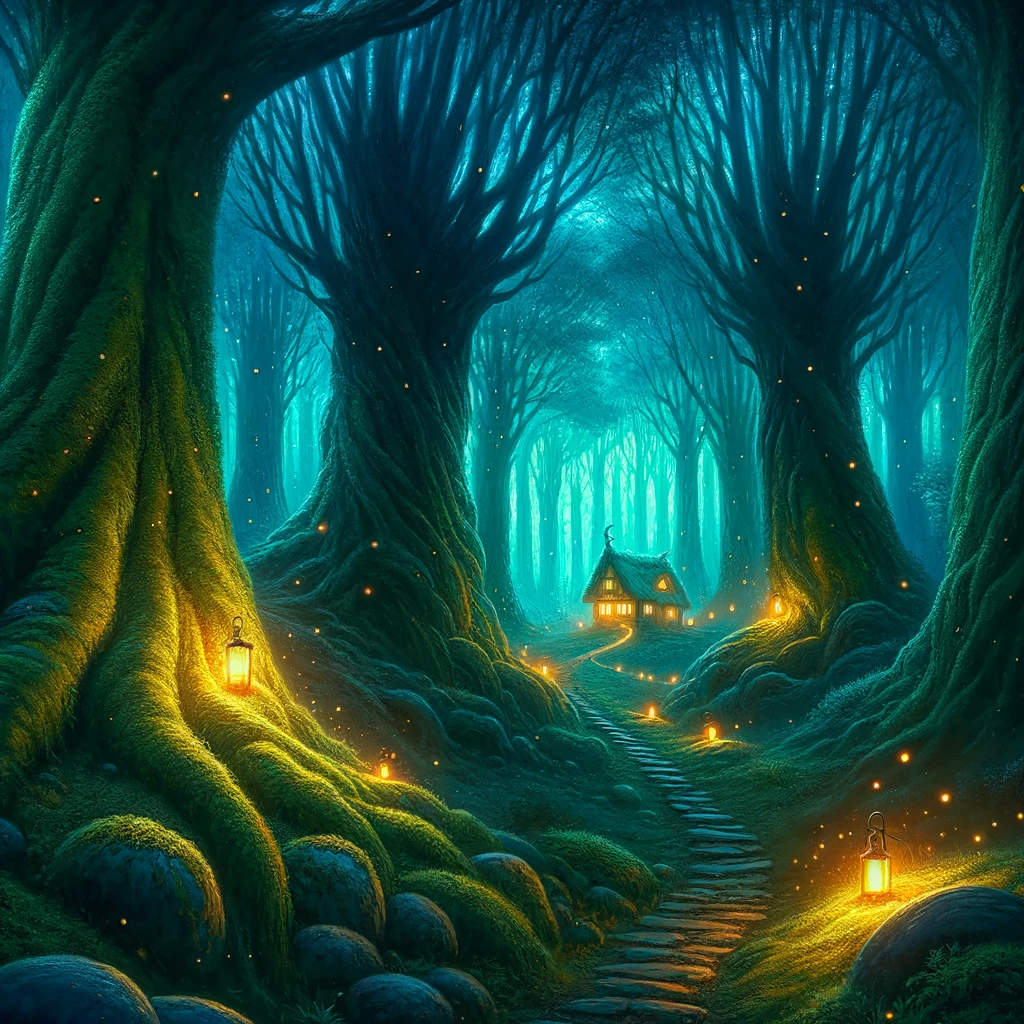
Expanded Template for Environments
"Imagine a [type of environment] during [time of day]. Describe key features like [natural elements, structures]. Include specific details like [light sources, weather]. The art should be in a [desired style], with a focus on [color scheme, mood]."
In-Depth Example: Steampunk City
Prompt: “Visualize a sprawling steampunk city. The architecture is a blend of Victorian and industrial styles, with brass and copper elements. Streets are bustling with people in period attire, and the air is filled with the hiss of steam and the clank of gears. Zeppelins float above, casting large shadows. The image should capture the essence of a steampunk fantasy, rich in browns and metallic tones, under a cloudy, late afternoon sky.”
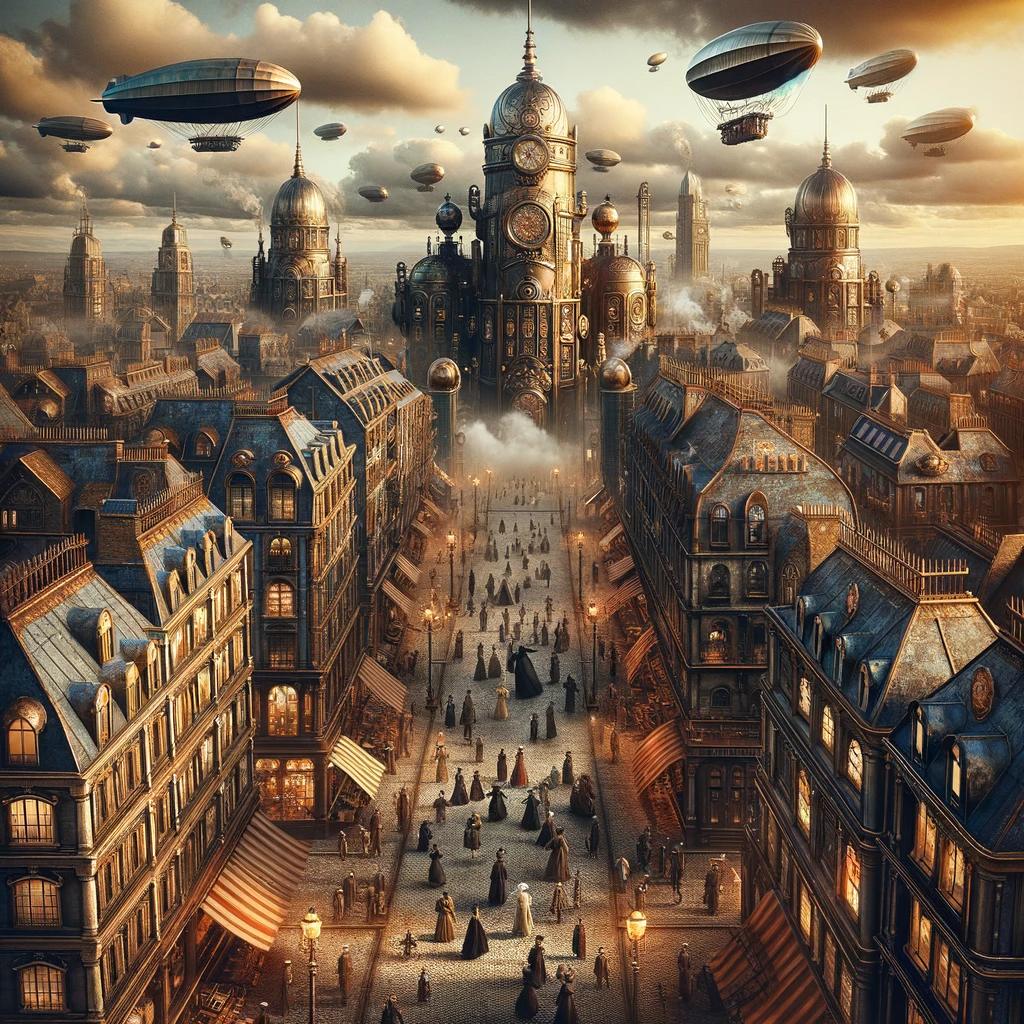
Comprehensive Template for Cityscapes
"Depict a [historical or futuristic] cityscape. Focus on architectural styles like [specific styles or elements]. Streets should be filled with [types of people, vehicles]. Include atmospheric elements like [weather, time of day]. The color palette should be [specific colors], capturing the essence of [desired theme]."
Advanced Tips for Art Prompt Perfection
- Inspiration Board: Create a collection of images, artworks, or scenes that inspire you. This can help in crafting more vivid descriptions.
- Storytelling: Sometimes, giving your scene a backstory can add depth and emotion to the artwork. Think about the story behind what you’re describing.
- Feedback and Iteration: AI art generation is an iterative process. Don’t be afraid to refine and re-prompt based on the results you get.
- Exploration and Experimentation: The beauty of AI art is in exploration. Try combining unexpected elements and styles. You might be surprised by the results.
Wrapping It Up
Mastering the art of AI art prompts is a journey of creativity and discovery. Each prompt is a new adventure, a new story waiting to be told. Remember, there are no hard and fast rules – only guidelines and suggestions. The real magic happens when you let your imagination run wild. So go ahead, experiment, iterate, and most importantly, have fun with it!


